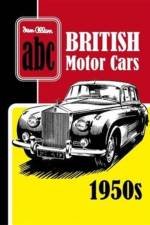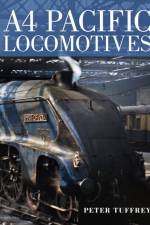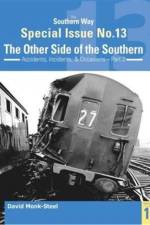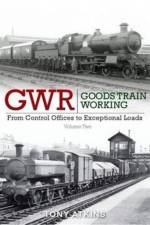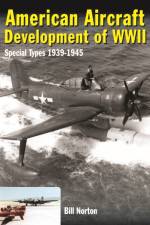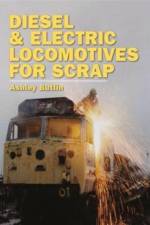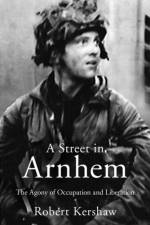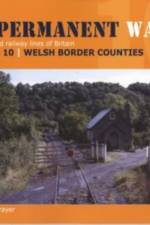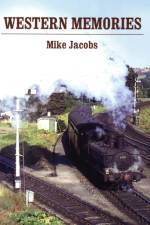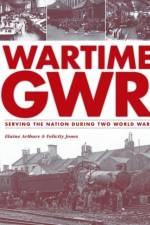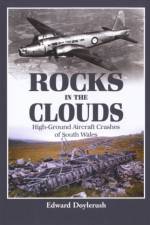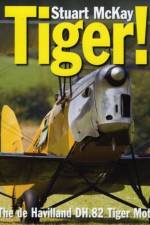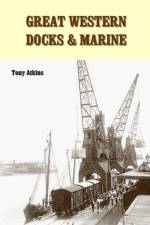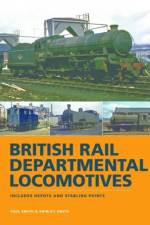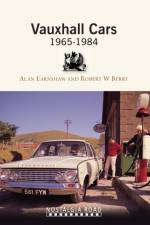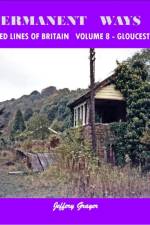- Special Types 1939-1945
av William (Author) Norton
357
The years of World War II saw the greatest single leap in US military aircraft technology and design, from the relatively fragile pre-war designs to the very edge of the supersonic era. Many remarkable aircraft came and went in quick succession with some missions and types disappearing altogether. Indeed, there were scores of little known or minimally documented aircraft projects that significantly advanced technology of aeronautics, propulsion, aircraft systems, avionics and weapons, while never achieving full-rate production and deployment. Focusing almost exclusively on official programs, experimental, prototype, limited production models and aircraft that actually entered development, American Aircraft Development of WWII, Special Types 1939-1945 opens with the "state of the art" designs at the beginning of the war, continuing on to the advances during the conflict itself. These so-called "special types" are far less widely known than fighter and bomber designs, but no less important, and include armed photo reconnaissance aircraft, catapult-launched seaplanes, autogyros, tactical haulers and armed drones. Other designs covered include "one-off" experimental aircraft, rocket boost, floats and skis added to landplanes, fighters with second seats assed for training, engine testbeds, "oddballs" experiments and more. Illustrated throughout with 3-view drawings and rare photographs, many little-known and unusual aircraft and missiles, American Aircraft Development of WWII, Specialty Types 1939-1945 tells the stories of engineering teams and test pilots struggling against short schedules and tight resources to develop new aircraft that pushed the bounds of technology. This book is a fitting testament to the epic and sometimes life-threatening accomplishments which were every bit as vital to the war effort as actual combat operations themselves.



